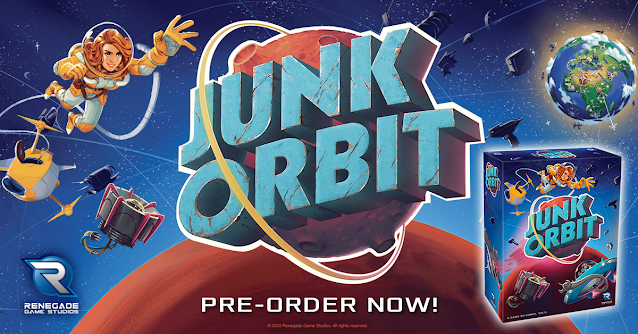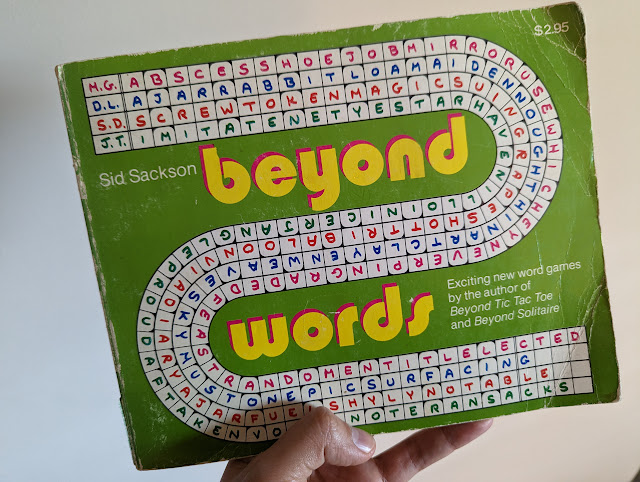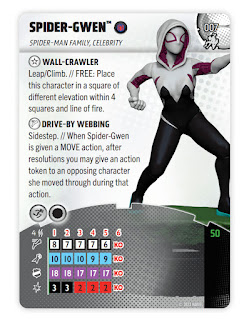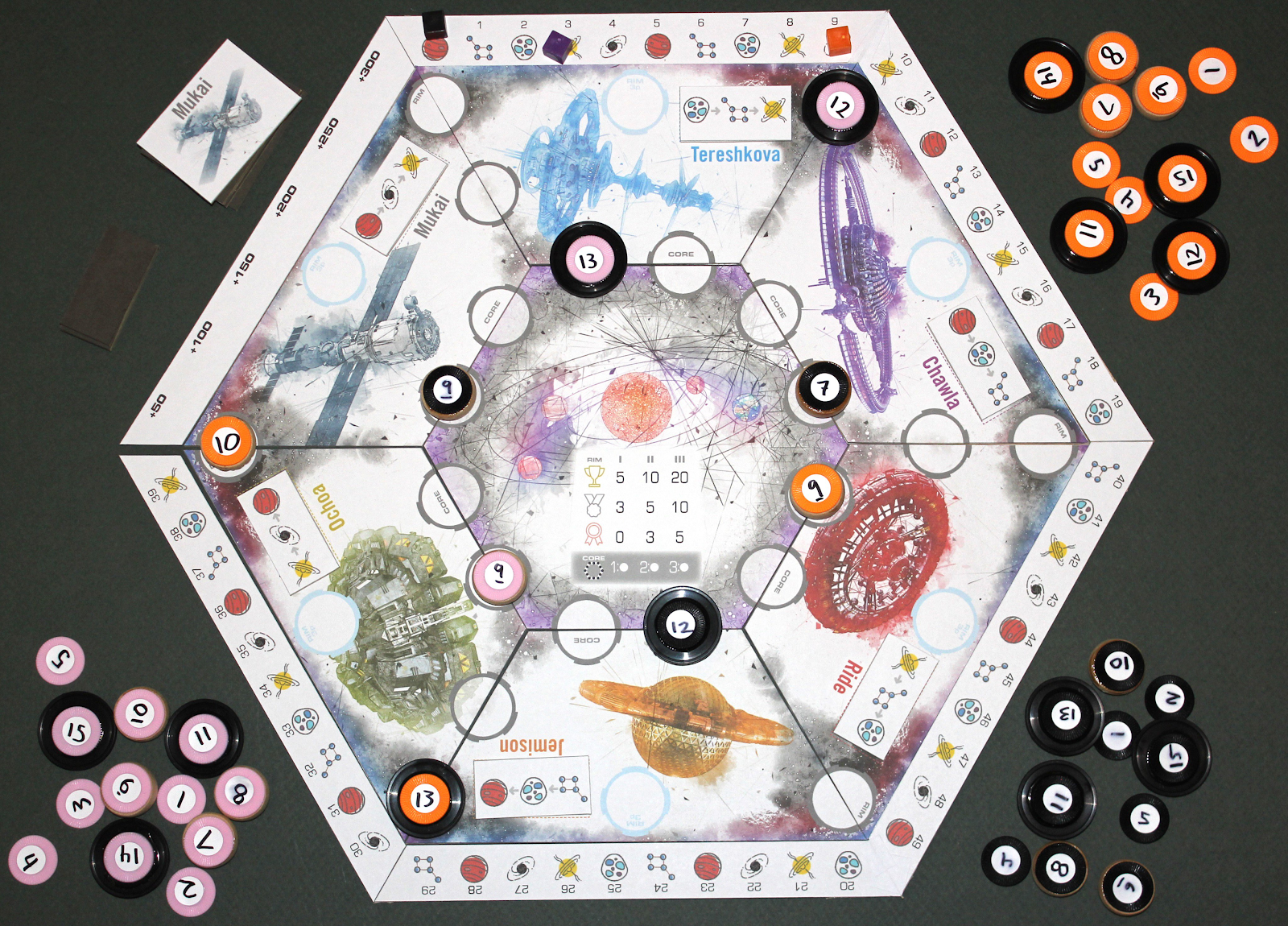2023 Book Review
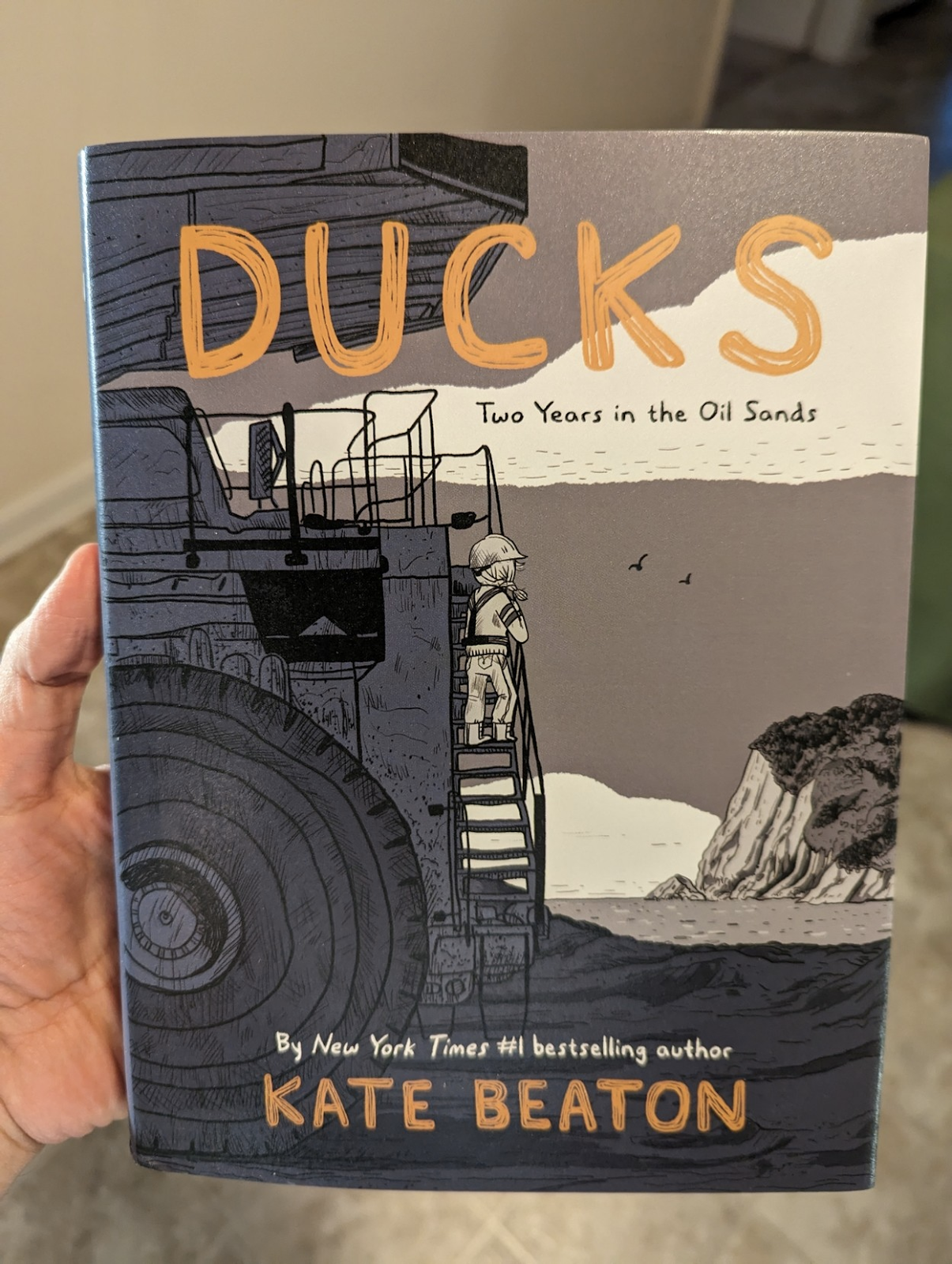
Here are all the books I've read and reviewed over the past year. As is typical of my lifestyle, I take in more audiobooks than physical books. I'm not a purist about that sort of thing. The one hitch is that I've already burned through a LOT of the audiobooks from the library that had my interest. It's forced me to branch out to other genres, so you'll see some more non-fiction and a couple of mysteries here. Plus one or two books I'm categorizing as Fantasy, though there are no swords and sorcery in the mix. There is one very specific element that kept popping up in the sci-fi I read this year: A distant-future community of humans has their Earthly origins kept secret by a manufactured religious authority. The Interdependency Trilogy features a theocratic government put in place to manage an interplanetary alliance of traders and producers. The Safehold series backstory, human survivors of an alien purge get their minds erased and rewritten to avoid any new in...




